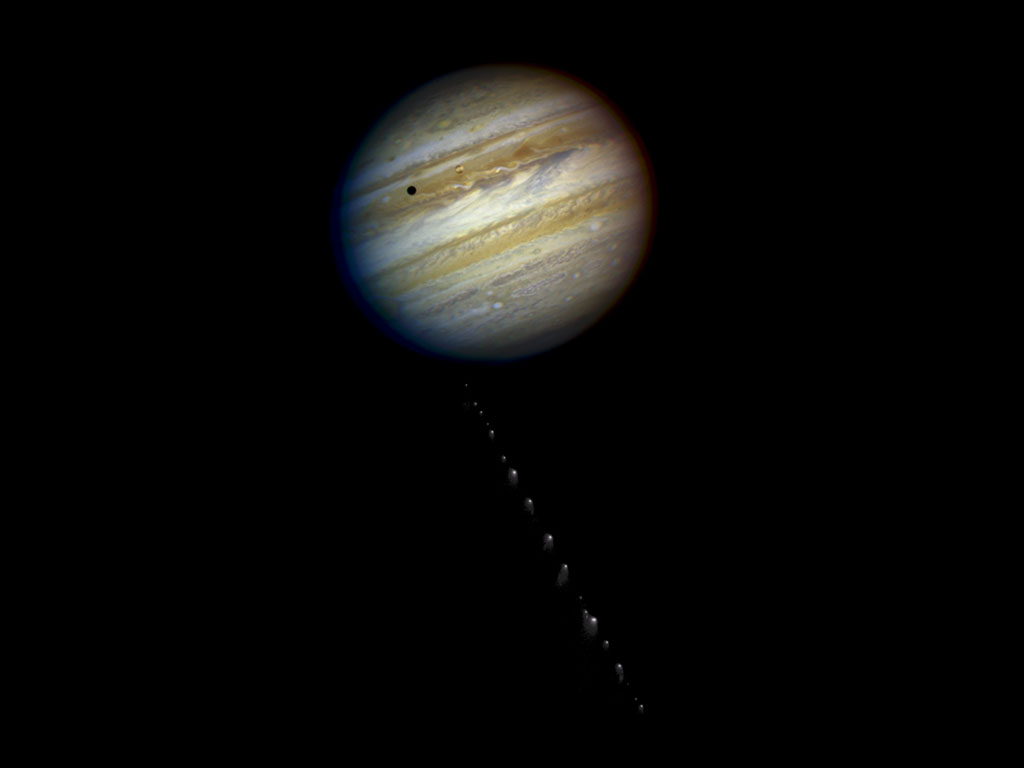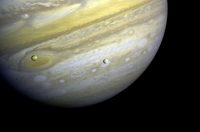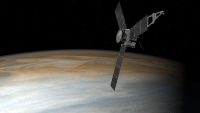This is a composite photo, assembled from separate images of Jupiter and comet Shoemaker-Levy 9, as imaged by the NASA/ESA Hubble Space Telescope in 1994. (NASA, ESA, H. Weaver and E. Smith (STScI) and J. Trauger and R. Evans (NASA’s Jet Propulsion Laboratory))
Home This is a composite photo, assembled from separate images of Jupiter and comet Shoemaker-Levy 9, as imaged by the NASA/ESA Hubble Space Telescope in 1994. (NASA, ESA, H. Weaver and E. Smith (STScI) and J. Trauger and R. Evans (NASA’s Jet Propulsion Laboratory)) This is a composite photo, assembled from separate images of Jupiter and comet Shoemaker-Levy 9, as imaged by the NASA/ESA Hubble Space Telescope in 1994. (NASA, ESA, H. Weaver and E. Smith (STScI) and J. Trauger and R. Evans (NASA's Jet Propulsion Laboratory))




